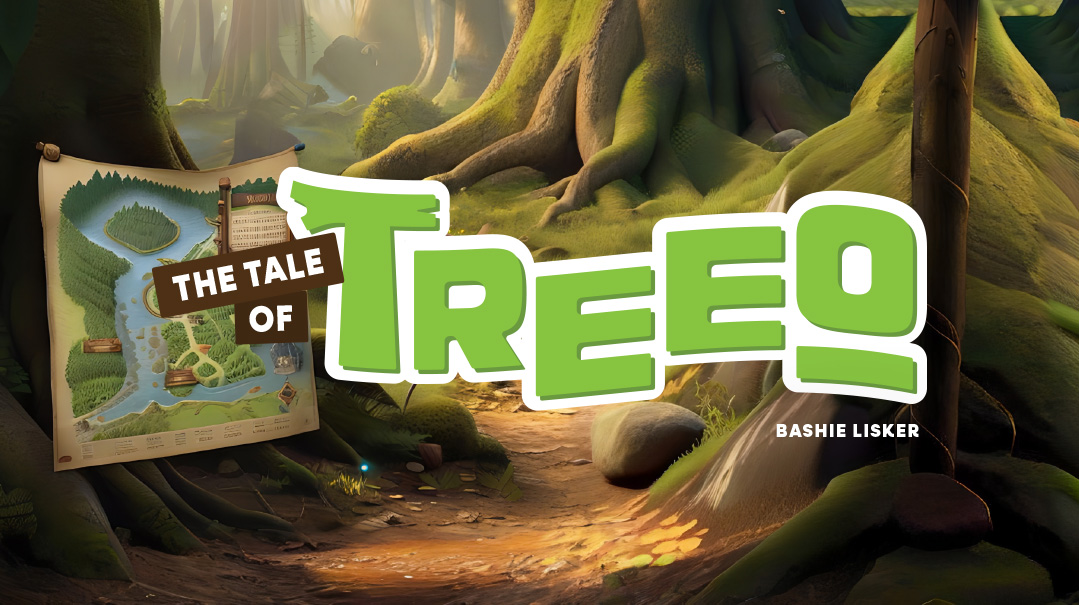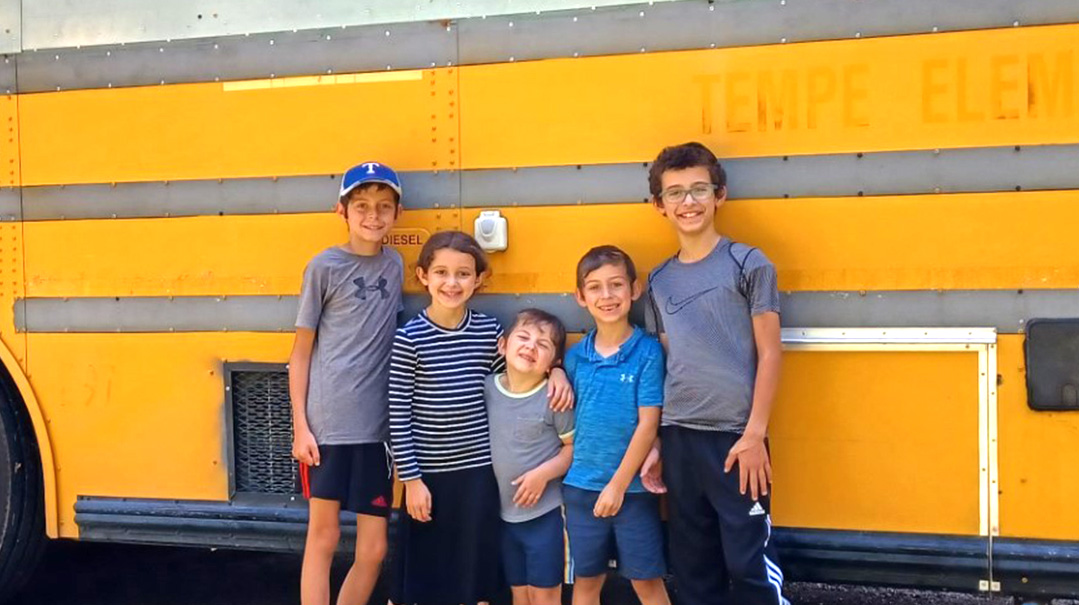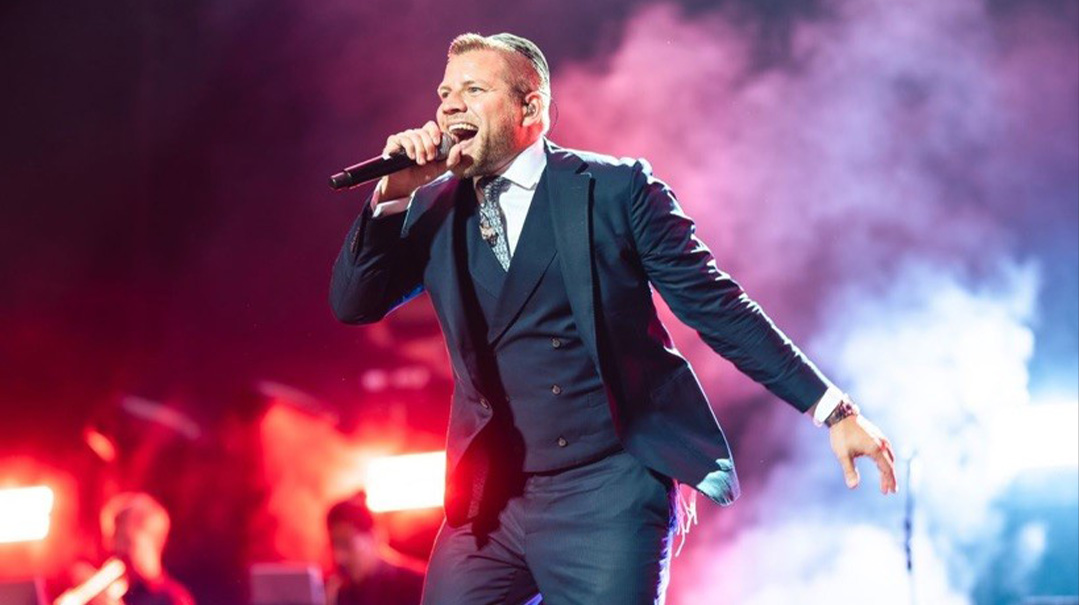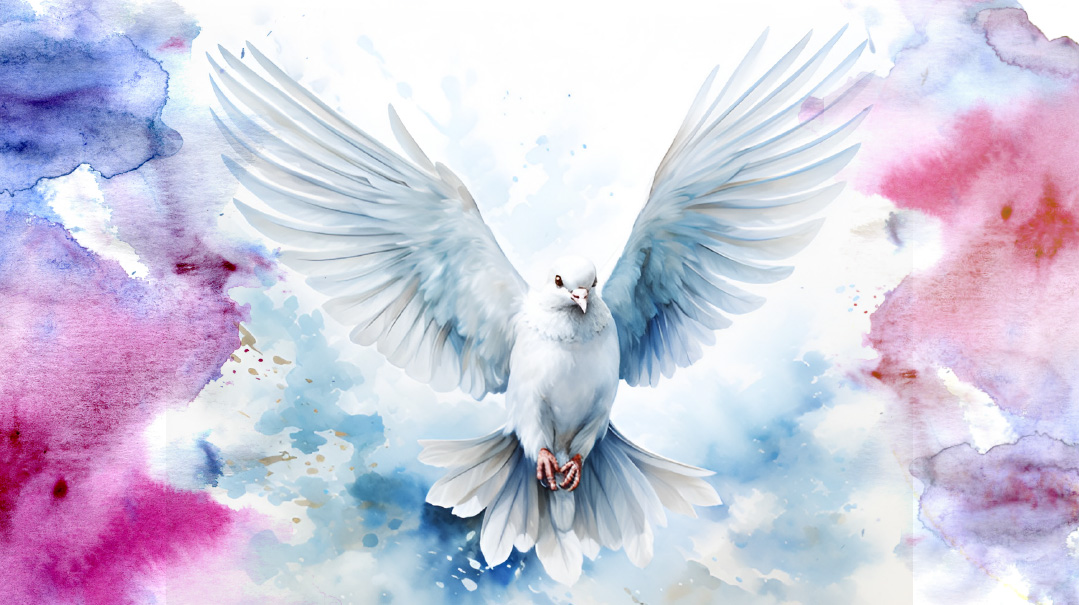Act of War
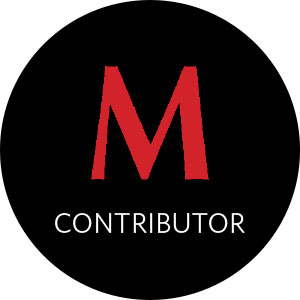
Bombs raining down over Los Angeles, West Coast air fields covered in chicken wire — this is the side of World War II you never knew took place
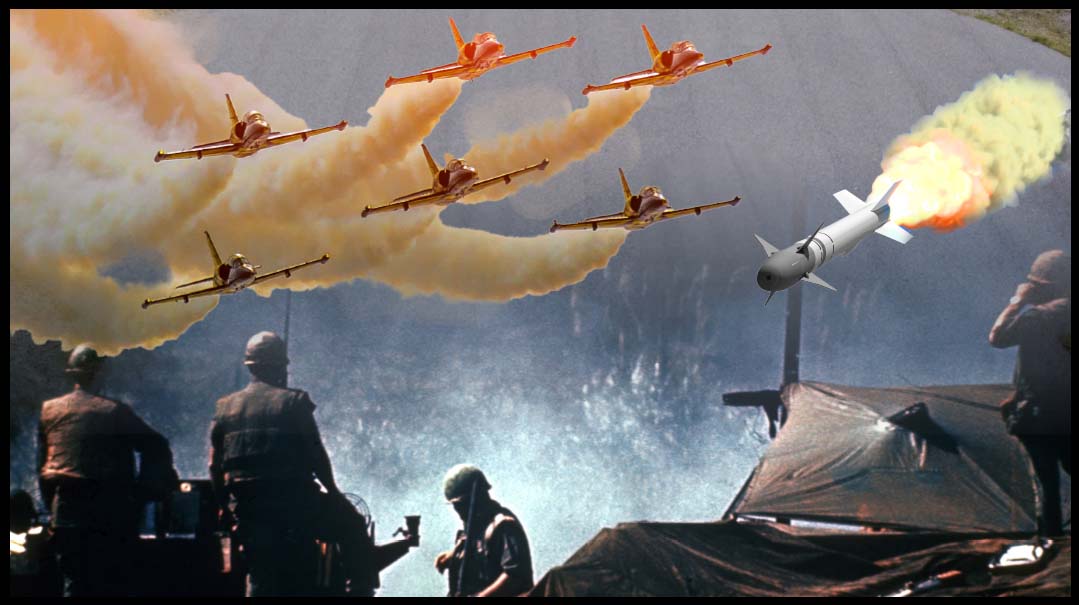
Everyone knows that the bulk of World War II was fought in Europe. But halfway across the world, Californians were waging a war of their own. Or were they?
Bombs raining down over Los Angeles, West Coast air fields covered in chicken wire — this is the side of World War II you never knew took place.
The infamous Japanese attack on the Pearl Harbor naval base on December 7, 1941 will forever be remembered as one of America’s greatest tragedies. Myriads of Americans were killed, and 21 ships and 188 aircraft were destroyed. Until the attack, Americans had lived in peace while their allies across the Atlantic were ravished by war. Pearl Harbor changed everything.
The Pearl Harbor invasion was the final straw that led to America officially joining the war against Nazi Germany and its ally, Japan.
Meanwhile, people on the West Coast lived in constant fear of another Japanese attack.
Attack!
February 23, 1942 – Ellwood Oil Field, Santa Barbara, California
The Japanese submarine slid silently through the waters of the Santa Barbara Channel and positioned itself directly across the Ellwood Oil Field. Since the Pearl Harbor attack, the Imperial Japanese Navy submarine I-17 had been one of seven submarines patrolling the Pacific Ocean along America’s West Coast, attacking American ships. Earlier that day, Commander Kozo Nishino had received orders to attack Ellwood Oil Field. At about 7:15 p.m., just as the sun was setting, the submarine’s gun fired the first round towards the oil storage facility. Most of Ellwood’s workers had left for the day, but the few who had remained behind figured that the explosion was due to a faulty storage tank.
One of the workers looked towards the coast and spotted the silhouette of a sea vessel against the orange sky. Realizing that an enemy submarine was attacking the facility, he raced to call the police. Mr. Laurence Wheeler and his wife Hilda, owners of the nearby Wheeler’s Inn, watched as shells landed between their home and the ocean. At first, they though it was target practice. When the third explosion shook the building, Mr. Wheeler called the sheriff.
“There are shells raining down on us,” he yelled into the phone.
“We’ve already called for help,” the deputy sheriff assured him. “Warplanes are on their way.”
The warplanes never arrived.
The submarine continued firing for about twenty minutes before slipping away. The Japanese hadn’t managed to inflict too much damage, but they achieved their goal anyway. The Bombardment of Ellwood, as the incident came to be known, marked the second time that the United States came under attack during World War II. It was barely three months since Pearl Harbor, and the attack was still fresh on everyone’s mind. Lots of Americans had spent the previous weeks wondering, Am I next?
The Bombardment of Ellwood confirmed everyone’s worst fears. The Japanese had attacked once again, this time targeting the country’s mainland. (Pearl Harbor was on the island of Oahu, Hawaii, so it was farther away from the rest of America. Ellwood, on the other hand, was too close to home for comfort.) There was no telling where and when the next attack would take place, but one thing everyone was certain: another Japanese attack was on its way.
Battle of Los Angeles
February 24–25, 1942, Los Angeles, California
The attack did indeed come. Less than two days later, in fact.
Several miles southeast of Santa Barbara, the City of Angels was on high alert. Earlier on in the day, the Office of Naval Intelligence (ONI) had issued an alert that an enemy military strike on California was imminent and could happen within the next ten hours.
Evening fell, and soon reports were coming in of flashing lights and flares being sighted near military bases and factories. Were Japanese spies signaling enemy airplanes?
Shortly after 2 a.m., military radar picked up what seemed to be an enemy contact just 120 miles off the coast of Los Angeles.
At 2:25 a.m., the terrified citizens of Los Angeles heard the dreaded sound of the air raid siren. War had caught up with them. Thousands of air raid wardens bravely made their way to their posts. Everyone had to maintain a strict blackout. Soldiers hurried to man the anti-aircraft guns that were strategically placed around the city and the night sky was lit up with the powerful beams of searchlights.
At 3:16 a.m., the gunfire began. A report had come in about an unidentified flying object and the nervous troops let their guns rip. One after another, the soldiers manning the huge anti-aircraft guns along the coast began firing at something in the sky.
As the shooting progressed, reports flooded in about dozens of Japanese bombers flying in formation above Los Angeles. Apparently, bombs were falling everywhere and one Japanese plane was thought to have crash-landed on the streets of Hollywood.
Coastal artilleryman Charles Patrick later wrote in a letter, “I could barely see the planes, but they were up there all right. I could see six planes, and shells were bursting all around them. Naturally, all of us fellows were anxious to get our two-cents’ worth in and, when the command came [to return fire], everybody cheered.”
The artillery batteries of Los Angeles fired into the air for more than an hour until eventually, the “all clear” signal was given.
False Alarm?
But when dawn finally came, the city made a surprising discovery. There was no sign of any bombing by enemy aircraft. The Japanese plane that had supposedly crashed simply wasn’t there. None of the city’s residents had suffered any major injuries from enemy fire. And the shattered windows and partially destroyed homes had been hit by shells from the anti-aircraft guns, not Japanese bombs.
A few people died that night, but not from shell wounds. Some elderly people suffered fatal heart attacks that were likely brought on by sheer terror. And the others were killed in car accidents that probably had something to do with the blackout.
The confusion continued over the next several days. A senior Navy official said that the whole thing had been a false alarm. The shapes in the sky had been nothing but the works of overactive imaginations, he claimed. Not a single Japanese aircraft had come anywhere near Los Angeles that night.
Secretary of War Henry Stimson insisted that at least 15 enemy planes had flown over the city. He later changed his mind about that nugget of information. But what about the dozens of military personnel and citizens who claimed to have seen planes, flashing lights and even large balloons in the sky?
For a long time after that eventful night, all sorts of conspiracy theories made the rounds. After the war, it was discovered that Japanese invasion plans had included the use of “fire balloons” (read the sidebar for more details about the Japanese fire balloons). But US officials say that the balloons, lights, and other UFOs that were sighted that night were connected to the silver-colored weather balloons that had been released in the days before the “attack” to determine wind direction. Decades later, it was proven that the Battle of Los Angeles had been nothing but a false alarm!
Fire Balloons
During 1944–45, the Japanese had a whacky plan to sow fear among Americans. They rigged 9,000 specially-made balloons with explosives and sent them across the Pacific Ocean to America. They hoped the balloons would explode and cause widespread forest fires. How did the balloons get there? They were carried by the wind, of course. Obviously, this wasn’t too high-tech, and most of the balloons fell harmlessly into the ocean. Some balloons did find their way across Canada and western USA. One hit a power line and caused a blackout in Washington State. In May 1945, a fire balloon landed in Bly, Oregon and killed a woman and five children. They were the only casualties of war on continental USA during World War II.
Ohmer the Magician
At the time, no one knew for sure what happened in LA on that fateful night. Yet the United States Armed Forces were still taking the threat of another Japanese invasion very seriously. Something had to be done to protect the many military assets that were dotted along the West Coast, and in California in particular.
Thankfully, the solution had already been proposed many months before.
Two years earlier, Colonel John F. Ohmer, the commander of a training center that specialized in camouflage, had visited Britain to see for himself the genius camouflage techniques that the British had used to fool the Luftwaffe (the Nazi air force). During the Battle of Britain, which lasted from July until October 1940, the Luftwaffe rained thousands of bombs over England. One of Germany’s main goals for the constant bombing was to destroy the Royal Air Force. The Luftwaffe had a long list of important targets that included aircraft factories and air fields. The British covered their factories, warplanes and tanks with camouflaging materials and paint, and put fake airplanes and tanks in fields far away from civilization. The Luftwaffe bombed hundreds of fake targets, leaving the real targets intact.
When he wasn’t busy being a wartime commander, Colonel Ohmer loved to practice his magic tricks. He was very impressed with the British trickery. He returned to America and immediately requested permission from his superiors to perform his own camouflage tricks. He believed that certain targets, Pearl Harbor among them, were sitting ducks, just waiting to be attacked by enemy fighter planes. Better to hide them now before it’s too late, he thought rather sensibly.
His superiors were not that clever. They didn’t agree with Ohmer’s assessment that Pearl Harbor was in danger from an aerial attack. And besides, Ohmer’s newfangled plan was so outrageous — nothing like this had ever been done by the U.S. military before. And, it was much too expensive.
But then Pearl Harbor was blown to pieces. And then Ellwood, too. And the scare in Los Angeles. Suddenly, Colonel Ohmer’s outrageous plan didn’t sound quite so outrageous anymore.
The time had come for one of history’s greatest illusions.
Operation Camouflage
Dozens of massive aircraft factories were sprawled all across California. These factories churned out hundreds of thousands of fighter planes, bomber planes and reconnaissance planes, which were essential for America’s war campaign. If the Japanese would bomb these factories, America and her allies would almost certainly lose the war.
But how do you hide acres and acres of factories and air fields from eagle-eyed Japanese fighter pilots?
Well, being in California of all places gave them a head start. It was Hollywood to the rescue.
Colonel Ohmer recruited several major film studios to help him turn the manufacturing plants and air fields into the largest movie sets the world had ever seen. Entire teams of set designers, prop designers, engineers, painters, landscape designers, lighting experts and carpenters were put to work to camouflage dozens of air bases and other potential targets. Their mission: to make the factories and air fields disappear into the surrounding landscape so that Japanese pilots flying overhead would never know that they were there.
They called it “Operation California.”
Hiding in Plane Sight
The set designers, landscape designers and engineers mapped out how the factories and air fields should be disguised. Then the rest of the professional crews got to work. The carpenters built wooden scaffolding that ran for miles along the rooftops of the factories, terminals and hangars. Thousands of yards of netting, canvas and chicken wire were stretched across the scaffolding, with which entire air bases were completely covered in fabric. The canvases were painted to look like fields, farms and roads. The sloping roofs of large hangars were turned into little hillsides. Prop designers made fake trees and shrubs, sheetrock houses and rubber cars that sat on top of the canvas. Everything was made to look real, down to the last detail. The fake trees even had chicken feathers that were spray painted green to look like leaves. Clotheslines were hung across the fake yards and smoke billowed from fake chimneys. Wooden walkways ran along the fake landscape, allowing factory workers to come up during their breaks and hang their laundry or move their cars so that it should look like the landscape was actually lived in.
Beneath the canvas canopy, work in the factories continued uninterrupted.
For several weeks, Colonel Ohmer and his set designers worked tirelessly to hide 34 potential targets from eyes in the sky. When they were done, the factories and air bases had disappeared into the countryside.
American pilots were sent up into the air and told to locate the air fields. For the life of them, they couldn’t figure out where they were. Some landed in civilian airstrips and were convinced that someone had somehow moved their air base.
The illusion was so fantastically convincing that even Walt Disney himself used the camouflaging tricks. He realized that from the air his massive film studio looked a lot like an aircraft hangar. What if some Jap decided Walt Disney Studios was a military target? He borrowed a page out of Colonel Ohmer’s book of magic tricks and transformed his studio into a rural landscape.
Thankfully, after Ellwood, Japan didn’t attempt another attack on US soil so America never found out if Ohmer’s disappearing act would have fooled the Japanese pilots. Nevertheless, his achievement remains one of the most extraordinary and unusual feats of Word War II.
In June 1942, the Japanese Navy suffered a massive defeat in the Battle of Midway. The Japanese abandoned their plan to take control of the Pacific Ocean, and the West Coast was once again safe from enemy invasion. After months of fear, Americans could sleep peacefully once more.
(Originally featured in Mishpacha Jr., Issue 892)
Oops! We could not locate your form.

